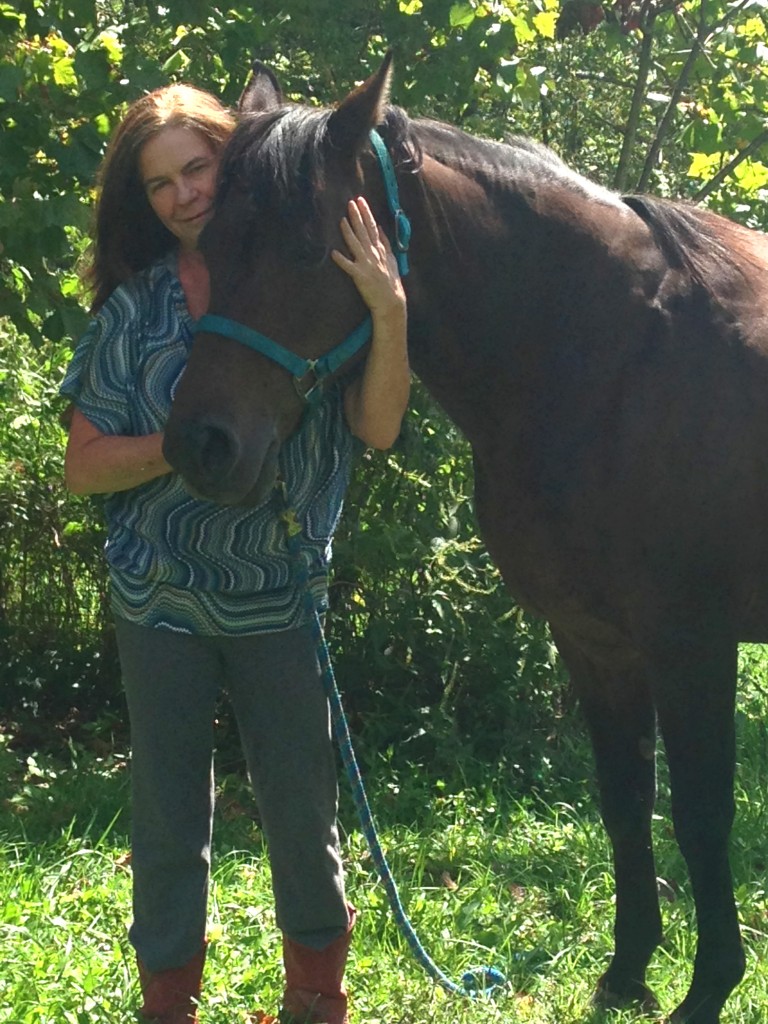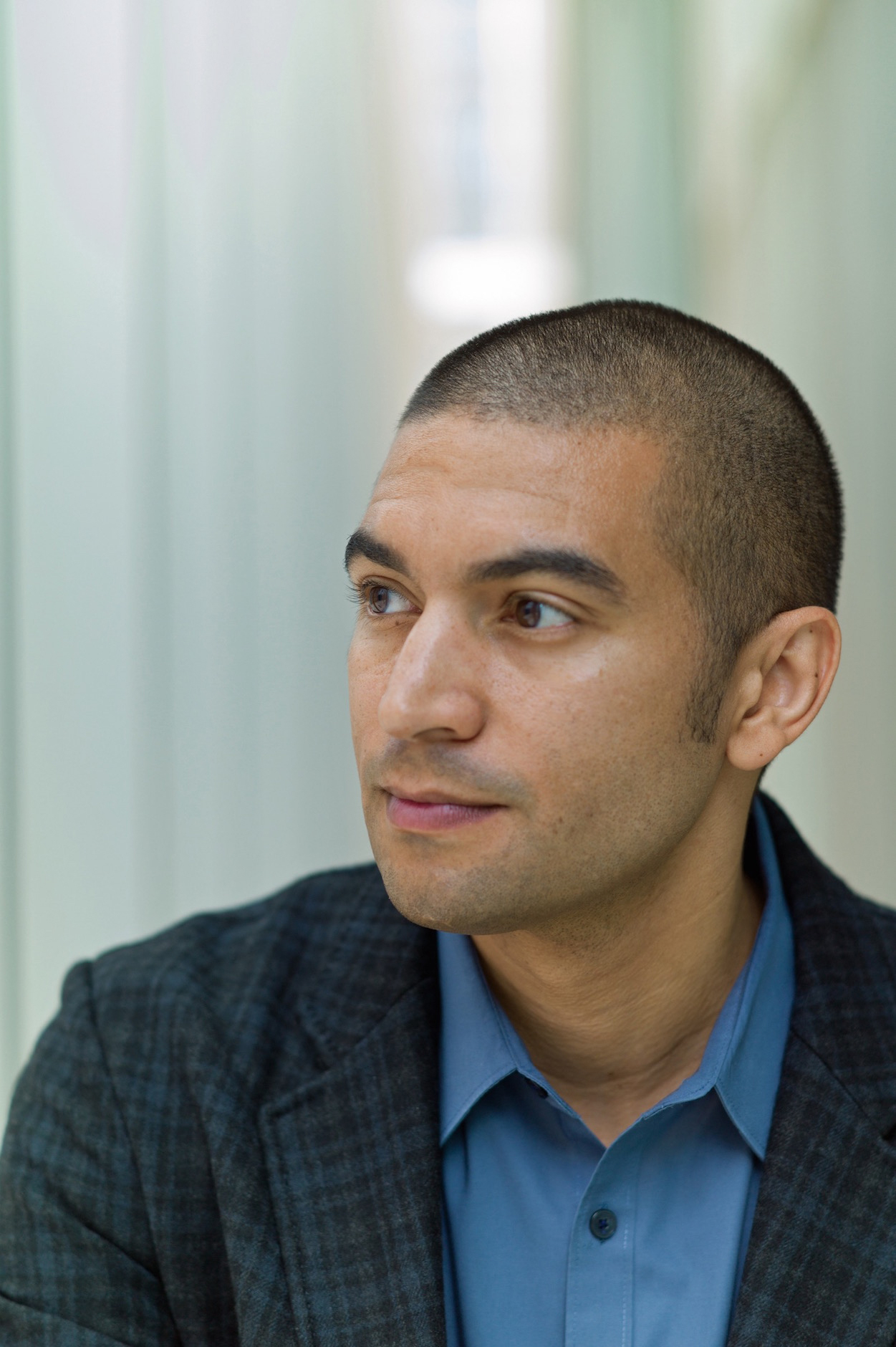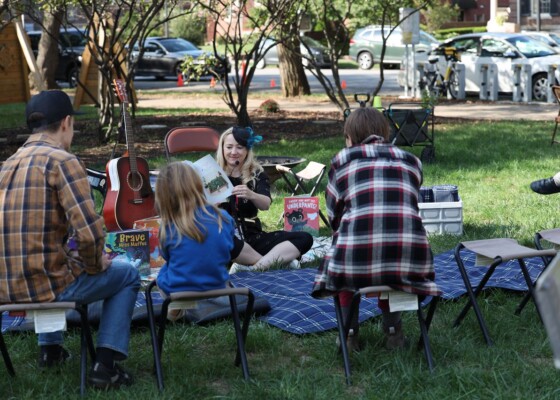National Poetry Month 2018: 5 Questions with Catherine Bowman
April 18, 2018Catherine Bowman is a Professor of Poetry at Indiana University and the author of the poetry collections NOTARIKON, ROCK FARM, and 1-800-HOT-RIBS which was reissued in 2000 by Carnegie-Mellon University…
 Catherine Bowman is a Professor of Poetry at Indiana University and the author of the poetry collections NOTARIKON, ROCK FARM, and 1-800-HOT-RIBS which was reissued in 2000 by Carnegie-Mellon University Press as part of its contemporary classics series. Her writing has been awarded the Peregrine Smith Poetry Prize, the Kate Tufts Discovery Award for Poetry, the Dobie Paisano Fellowship, a New York Foundation for the Arts Fellowship in Poetry, and four Yaddo Fellowships.
Catherine Bowman is a Professor of Poetry at Indiana University and the author of the poetry collections NOTARIKON, ROCK FARM, and 1-800-HOT-RIBS which was reissued in 2000 by Carnegie-Mellon University Press as part of its contemporary classics series. Her writing has been awarded the Peregrine Smith Poetry Prize, the Kate Tufts Discovery Award for Poetry, the Dobie Paisano Fellowship, a New York Foundation for the Arts Fellowship in Poetry, and four Yaddo Fellowships.
Adrian Matejka: Cathy, I appreciate you taking the time to talk with us about imagery! I know you’re very busy with National Poetry Month and all of your readings and travels in support of Can I Finish, Please? The book is full of wonderful, tactile imagery from a variety of perspectives, so let’s start at the beginning: What is an image in poetry?
Cathy Bowman: I like Ezra Pound’s definition: An ‘Image’ is that which presents an intellectual and emotional complex in an instant of time. In Pound’s famous 14-word imagist poem “In A Station of the Metro” we not only get visual imagery, but imagery that has to do with all the five senses. Through these sensory images we feel particular feelings and see the world in unexpected ways.
Here’s his poem:
The apparition of these faces in the crowd:
Petals on a wet, black bough.
AM: What is the image’s purpose? How does the presence of imagery change the way a poem works?
CB: Going back to Pound’s idea of the image being presented in “an instant of time” can be instructive, in that the image almost momentarily stops time, or pulls us out of everyday time. The image has a way of sending us emotional and intellectual complexities at super sonic speed. Images make up the guts, the heart, and the body of the poem.
The word for poet comes from the Greek word meaning maker. If you think of anything that is made, there is a direct relationship to sensory imagery, the body is involved in the activity from making a table, to a loaf of bread, to making a baby. So we should think of making the poem, rather than writing the poem. Our materials are the concrete images we put on the page that we experience with each of our five senses. Let’s not forget that we hear the word image in imagination.
AM: What are the ingredients of a potent image? If there was a recipe for a successful image what would it be?
CB: Specificity, rhythm, surprising juxtapositions, attention, exactitude, precision, logic. Pigs, mud, weeds, and also sublime thunder clouds.
AM: Can you share your favorite image in poetry (I know that’s a tough question) and talk about why it speaks to you directly? Can you name a few other poems that you think are especially good examples of imagery?
CB: That is a tough question, so I’ll narrow it down to imagery from the sea.
In Elisabeth Bishop’s poem “The Fish” she describes looking in at the eyes of a fish she has just caught.
I looked into his eyes
which were far larger than mine
but shallower, and yellowed,
the irises backed and packed
with tarnished tinfoil
seen through the lenses
of old scratched isinglass.
Many writers would have been happy with stopping after saying the fishes eyes were “shallower, and yellowed” but she keeps pushing the imagery, describing the fish’s irises as “backed and packed with tarnished tinfoil” and then pushes the image even more describing the eyes as what is “seen through the lenses of old scratched isinglass.” Isinglass a substance derived from fish bladders to make transparent gelatin sheets. The attention to what she is describing is so exacting and precise.
I love the fish imagery in Pablo Neruda poem “Ode to My Socks”:
my feet were
two fish made
of wool,
two long sharks
sea-blue, shot
through
by one golden thread,
two immense blackbirds,
two cannons
Another favorite when it comes to imagery is Seamus Heaney’s poem “Oysters.” Here’s the first several lines:
Our shells clacked on the plates.
My tongue was a filling estuary,
My palate hung with starlight:
As I tasted the salty Pleiades
Orion dipped his foot into the water.
The microcosm of the mouth becomes the macrocosm of the heavens in the tasting of the oysters.
AM: Young poets often struggle with the image because they are so focused on developing a voice. Do you have suggestions for poets who may have difficulty creating imagery?
CB:
Federico Garcia Lorca the great Spanish poet said “The poet is the professor of the five senses.” Imagine you are the professor of the five senses. Discover what the images you create on the page reveal to you about your life.
I WANT TO BE YOUR SHOEBOX Memphis Minnie’s blues line “I want to be your chauffeur” was miscopied in an early Folkways recording song transcription as “I want to be your shoebox.”
I want to be your shoebox
I want to be your Fort Knox
I want to be your equinox
I want to be your paradox
I want to be your pair of socks
I want to be your paradise
I want to be your pack of lies
I want to be your snake eyes
I want to be your Bridge of Sighs
I want to be your moonlit estuary
I want to be your day missing in February
I want to be your floating dock dairy
I want to be your pocket handkerchief
I want to be your mischief
I want to be your slow pitch
I want to be your fable without a moral
Under a table of black elm I want to be your Indiana morel
Casserole. Your drum roll. Your trompe l’oiel
I want to be your biscuits
I want to be your business
I want to be your beeswax
I want to be your milk money
I want to be your Texas Apiary Honey
I want to be your Texas. Honey
I want to be your cheap hotel
I want to be your lipstick by Chanel
I want to be your secret passage
All written in Braille. I want to be
All the words you can’t spell
I want to be your International
House of Pancakes. I want to be your reel after reel
Of rough takes. I want to be your Quija board
I want to be your slum-lord. Hell
I want to be your made-to-order smorgasbord
I want to be your autobahn
I want to be your Audubon
I want to be your Chinese bug radical
I want to be your brand new set of radials
I want to be your old time radio
I want to be your pro and your con
I want to be your Sunday morning ritual
(Demons be gone!) Your constitutional
Your habitual—
I want to be your Tinkertoy
Man, I want to be your best boy
I want to be your chauffeur
I want to be your chauf-
feur, your shofar, I want to be your go for
Your go far, your offer, your counter-offer
your union coffer, your two by four
I want to be your out and in door
I want to be your song: daily, nocturnal–
I want to be your nightingale
I want to be your dog’s tail
Catherine Bowman
Indiana Humanities is celebrating National Poetry Month in collaboration with Indiana Poet Laureate Adrian Matejka. We’ll be sharing interviews with Indiana poets, discussion on poetic form and other poetry. See the full span on National Poetry Month posts here.  Adrian Matejka is the Indiana Poet Laureate and is the author of The Big Smoke, Map to the Stars and many other works.
Adrian Matejka is the Indiana Poet Laureate and is the author of The Big Smoke, Map to the Stars and many other works.


